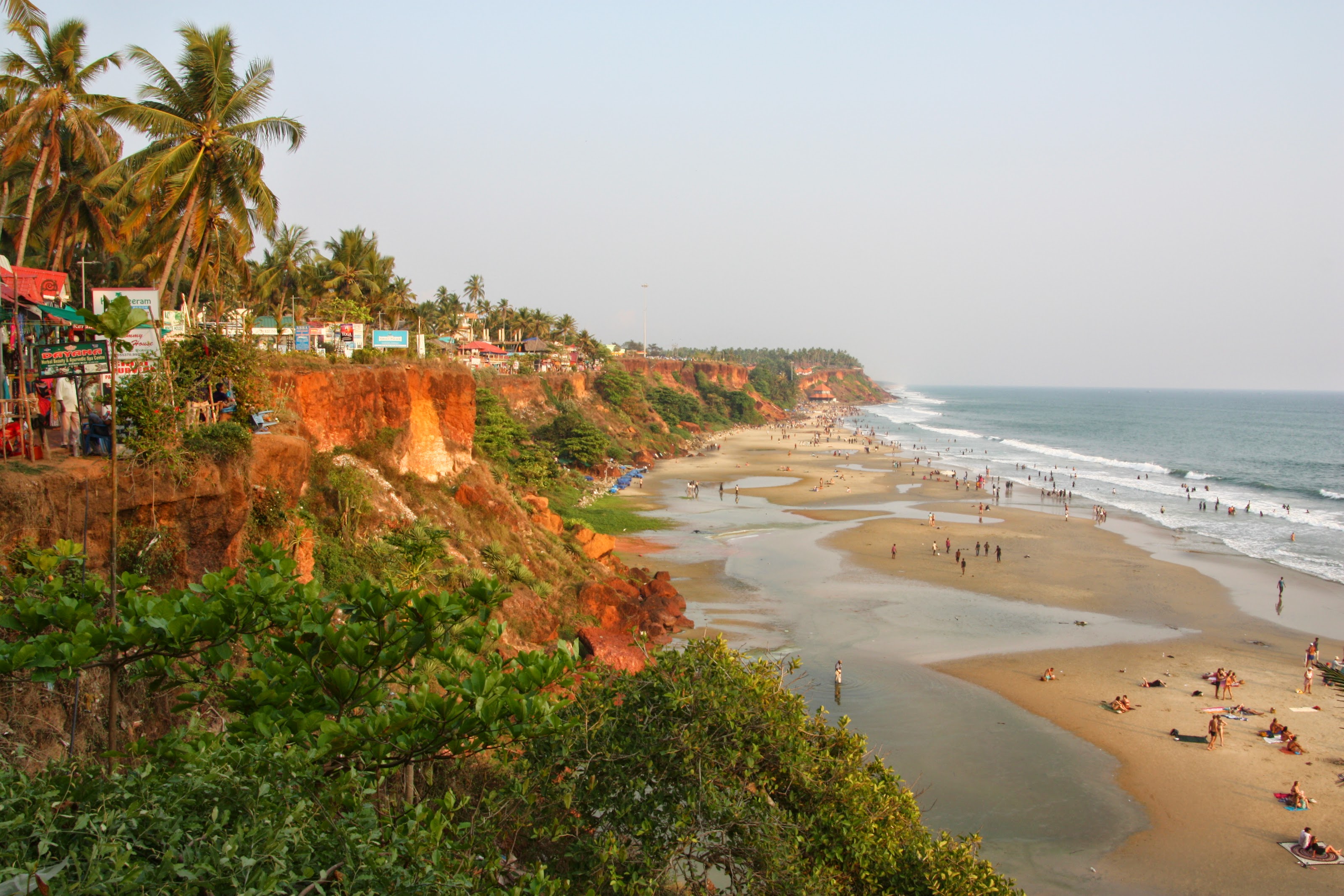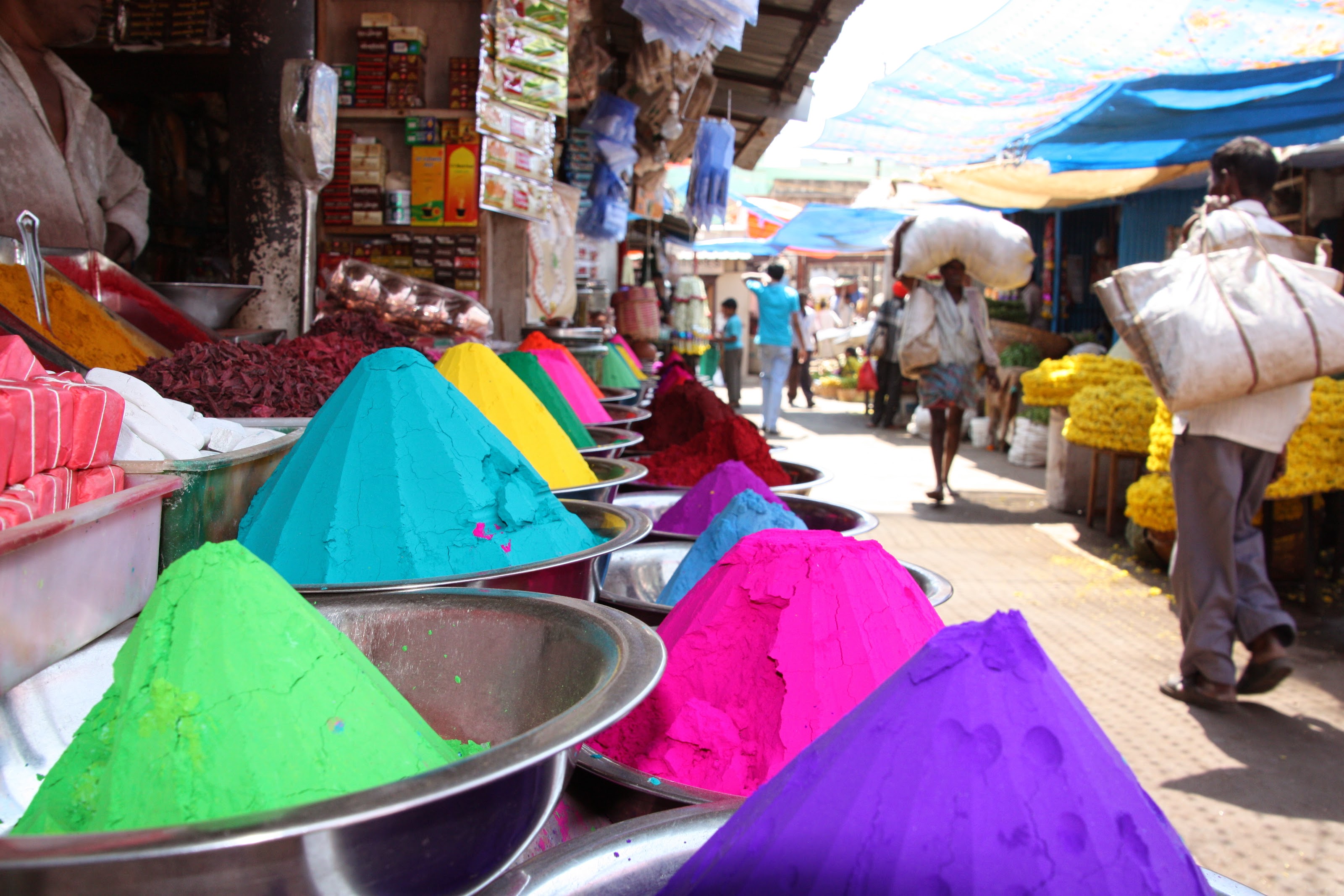More than two weeks have passed since my fish and mango feast in south India. During this short time, a few big things have happened at Manavya, the orphanage where I have been working since February. Most notably was last Friday, when I got to experience my first Indian wedding. One of the girls at Manavya was married to another local fellow in a very traditional ceremony. The girl's name is Poornima, which translates to "full moon" in Marathi. As though these children could not get any more beautiful and inspiring, all of their names translate to words like "dream" and "delicate flower." Anyway, everyone involved was very excited and emotional about the whole affair. Everyone except for the bride and groom. They appeared stoic, rigid, and generally uncomfortable. I assume this was largely because it was an arranged marriage. For those not aware, arranged marriage is very common in India, much more so than love marriage. Many feel that the joining of two families holds more significance than the union of two individuals. This makes sense to me; only at a wedding, I am used to watching two lovebirds stealing playful glances full of pure affection, not two people staring forward like strangers on a city bus. And strangers they essentially are to each other - their wedding day was the third or fourth time they had ever met. Statistics do show, however, that arranged marriages have a higher success rate and last longer than love marriages. So maybe they're on to something here, it was just a little strange to me.


Apart from the absence of chemistry between the people of honor, the ceremony was fascinating and wonderful. Full of intricate traditions, each meant to signify the bond to be forged among husband, wife, and the two families. Poornima, the bride, is the first child from Manavya to get married and start a life apart from the organization, so this was really special. I wasn't able to catch on to a large portion of the nuptials, but I was throwing rice at the new couple on several occasions. They also decked me out in some traditional Indian wear. Which was amusing, but a lot more comfortable than any Western monkey suit.
One of the drivers at the orphanage is a good photographer and used my camera for the wedding. Have a taste:


Covering Poornima with turmeric the day before the wedding. They do this for many reasons, mostly to ward off evil spirits and make her skin pop for the big day
Henna time
Henna time
This is the traditional set up for the ceremony - more customs going on here than I can explain


First time I saw this guy crack a smile all day. I think he's just realizing that he hit the jackpot
That was beautiful. Now for the work developments. While it took me some time to figure out how to make a contribution during my short time here, I have finally gotten in together. Thanks to the guidance of Maya (my wise elder roommate) and a few very impressive people in Philadelphia, we have put together something we're calling Manavya Global. This project is focused on exposing the people at Manavya to the outside world through computer literacy, English, and the Internet. Manavya began in 1997 as a place where hopeless women and children with HIV could come to die with dignity. Now, they are marrying kids off and preparing them to be contributing members of society. With internet as an international common-ground and English as the language of the internet, it seems obvious that they should be familiar with these things. Manavya Global aims to make that happen.
With the proceeds from a few donations as well as some persistence, we have reconfigured our old computers, acquired two new computers, and established internet access at the orphanage. Four older students were enrolled in a computer literacy class that began last Monday, and we have recently lined up a professional English instructor to begin a spoken English course in May. Next week, we should have our first virtual exchange session, which is the beginning of a series of Skype calls between Manavya kids and some Indian-American students in the US. Further down the road, the plan is for more technical computer training and ultimately a way into the exploding IT market here. This has all come together in the past six weeks, and is designed to continue for years to come. But I've only got two weeks left, which will be spent showing children the internet and being embarrassed by the "typing tutor" computer program.
I could not be happier that I have been able to help out with the development of this project, and I can't wait to see the opportunities that come out on the other end. These kids deserve a lot more, but this is a good start.
This computer is exploding with internet
This computer is exploding with internet
Last Thursday was Pune's Election Day for Prime Minister of India. This was one of two pictures I took before the police asked me to stop taking pictures
A political portable party on the move during Election Day
A political portable party on the move during Election Day
Thanks for reading, I hope the Easter bunny paid you nice, chocolatey visit this weekend. Come back when you can, I've got a few more things to show you.




















































